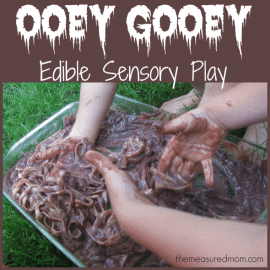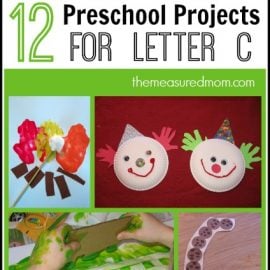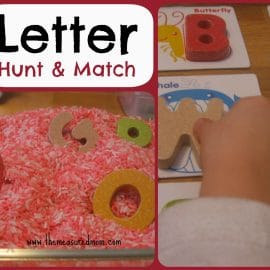
What is syntax within structured literacy?
Syntax is the set of principles that dictate the sequence and function of words in a sentence in order to convey meaning. This includes grammar, sentence variation, and the mechanics of language.
The International Dyslexia Association on readingrockets.org
You likely have a grammar program that you follow.
But syntax isn’t just about identifying whether a word is a noun, verb, adjective, or other part of speech.
Understanding sentence structure is what’s really key.
According to Joan Sedita of Keys to Literacy, “the ability to understand at the sentence level is in many ways the foundation for being able to comprehend text.”
Here are two of the activities that Sedita recommends for teaching sentence structure:
- Sentence scramble: Write each word of a sentence on a card. Give the cards (out of order) to your students. They must arrange the words into a complete, grammatically correct sentence.
- Sentence elaboration: Start with a simple subject (The cat). Then ask the W questions as readers gradually add more information.
EXAMPLE:
“Who?” the cat.
“What about the cat?” The cat ate.
“What did she eat?” The cat ate a cicada.
“Where did she eat it?” The cat ate a cicada in the front yard.
“Why did she eat it?” The cat ate a cicada in the front yard because she was hungry.
“When did she eat it?” This morning, the cat ate a cicada in the front yard because she was hungry.
I learned about another activity for building sentence structure from Deb Glaser of The Reading Teacher’s Top Ten Tools.
- Sentence combining: After reading a fiction or nonfiction text to your students, share two related sentences. Discuss how the sentences relate to each other and choose a connector to combine the sentences.
EXAMPLE: After reading aloud The Three Little Pigs, you could post these sentences:
The Third Little Pig was smart.
The Third Little Pig built a house of bricks.
Talk about how the sentences relate. Do they have contrasting ideas? Does the second sentence give more information? Does one sentence provide an explanation? Do the sentences show events in a sequence?
In this example, the first sentence explains why the pig built a house of breaks: he was smart.
Here are two ways to combine the sentences:
The third little pig was smart, so he built a house of bricks.
The third little pig was smart; therefore, he built a house of bricks.
What is semantics within structured literacy?
Semantics is that aspect of language concerned with meaning. The curriculum (from the beginning) must include instruction in the comprehension of written language.
The International Dyslexia Association on readingrockets.org
The truth is that it’s going to take a little time before beginning readers can make sense of what they read. After all, when they’re sounding out word by word, it’s slow going. They can’t remember what they read fast enough to make much sense out of the text.
But that doesn’t mean we don’t concern ourselves with meaning-making.
Far from it!
Students can build language comprehension when we read to them.
As we read aloud to students, we should …
- Call attention to new vocabulary words and teach them in context.
- Stop to examine challenging sentences and and provide support to help students make sense of them.
- Plan both low and high level questions in advance, and ask them in an interactive way.
- Teach narrative structure and informational text structure.
- Call attention to text features.
- Teach our students to use comprehension strategies such as visualizing, making connections, and monitoring comprehension.
Let’s not leave the development of syntax and semantics to chance!





[…] Syntax or Semantics […]